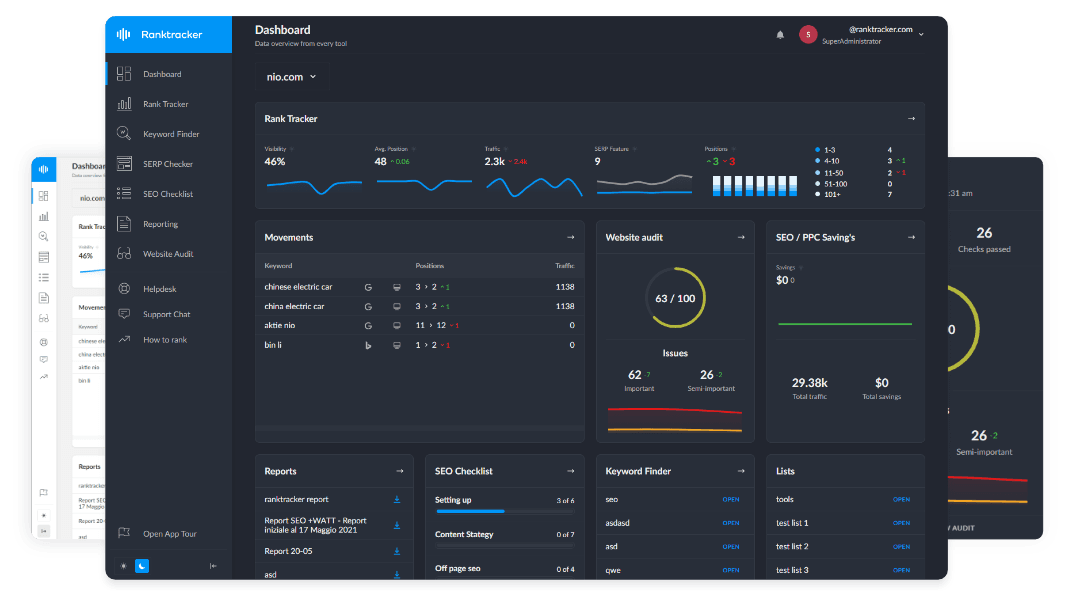Intro
Entity-Attribute-Value (E.A.V) is a data model used to structure information in a way that search engines can understand contextually. This system plays a critical role in Semantic SEO, helping search engines like Google identify relationships between entities and improve search accuracy.
Breakdown of the E.A.V Model:
- Entity – The subject or object in a dataset (e.g., "Ranktracker" as a brand).
- Attribute – A specific characteristic of the entity (e.g., "SEO Tool").
- Value – The actual data or property associated with the attribute (e.g., "Rank Tracker, Keyword Finder, Backlink Checker").
By structuring content using E.A.V, you enable search engines to interpret data more effectively, leading to better search rankings and improved visibility.
How E.A.V Enhances Semantic SEO
1. Improved Understanding of Search Queries
Google's Knowledge Graph and natural language processing (NLP) rely on E.A.V structures to interpret user queries and serve the most relevant results.
Example: If a user searches for “best keyword research tools,” Google can analyze structured data to recognize Ranktracker as an entity and its attributes related to keyword research.
2. Better Content Relevance and Context
- Structuring content with E.A.V enhances topical authority by clearly defining entity relationships.
- Helps search engines understand synonyms, variations, and intent, improving rankings for long-tail queries.
3. Strengthens Structured Data and Schema Markup
- Using Schema.org markup allows search engines to extract E.A.V data effectively.
- Adding structured data like Product Schema, FAQ Schema, and Organization Schema helps Google understand website content better.
4. Boosts Search Visibility and Rich Results
- Google displays rich snippets for well-structured E.A.V data, increasing click-through rates (CTR).
- Improves visibility in Google’s Knowledge Panels, Featured Snippets, and SERPs.
Implementing E.A.V in Your SEO Strategy
Step 1: Identify Key Entities
- Use Google’s Knowledge Graph API or Ranktracker’s SEO tools to identify recognized entities in your niche.
- Ensure your brand, products, and services are structured properly.
Step 2: Define Attributes and Values
- Clearly define attributes related to your entity and provide precise values.
- Example for Ranktracker:
- Entity: Ranktracker
- Attribute: SEO Tool
- Value: Rank Tracker, SERP Checker, Keyword Finder
Step 3: Implement Structured Data
- Use JSON-LD or Microdata Schema Markup to provide clear E.A.V data.
- Ensure proper formatting using Google’s Structured Data Testing Tool.
Step 4: Optimize for Natural Language and Intent
- Write content that aligns with user intent and entity relationships.
- Use NLP-friendly content by incorporating semantically related keywords.
Conclusion: E.A.V as the Backbone of Semantic SEO
By leveraging Entity-Attribute-Value modeling, you make your content more understandable to search engines, leading to better rankings, improved user experience, and increased search visibility.
To further optimize your Semantic SEO strategy, explore Ranktracker’s SEO tools for advanced keyword research and search visibility insights!

